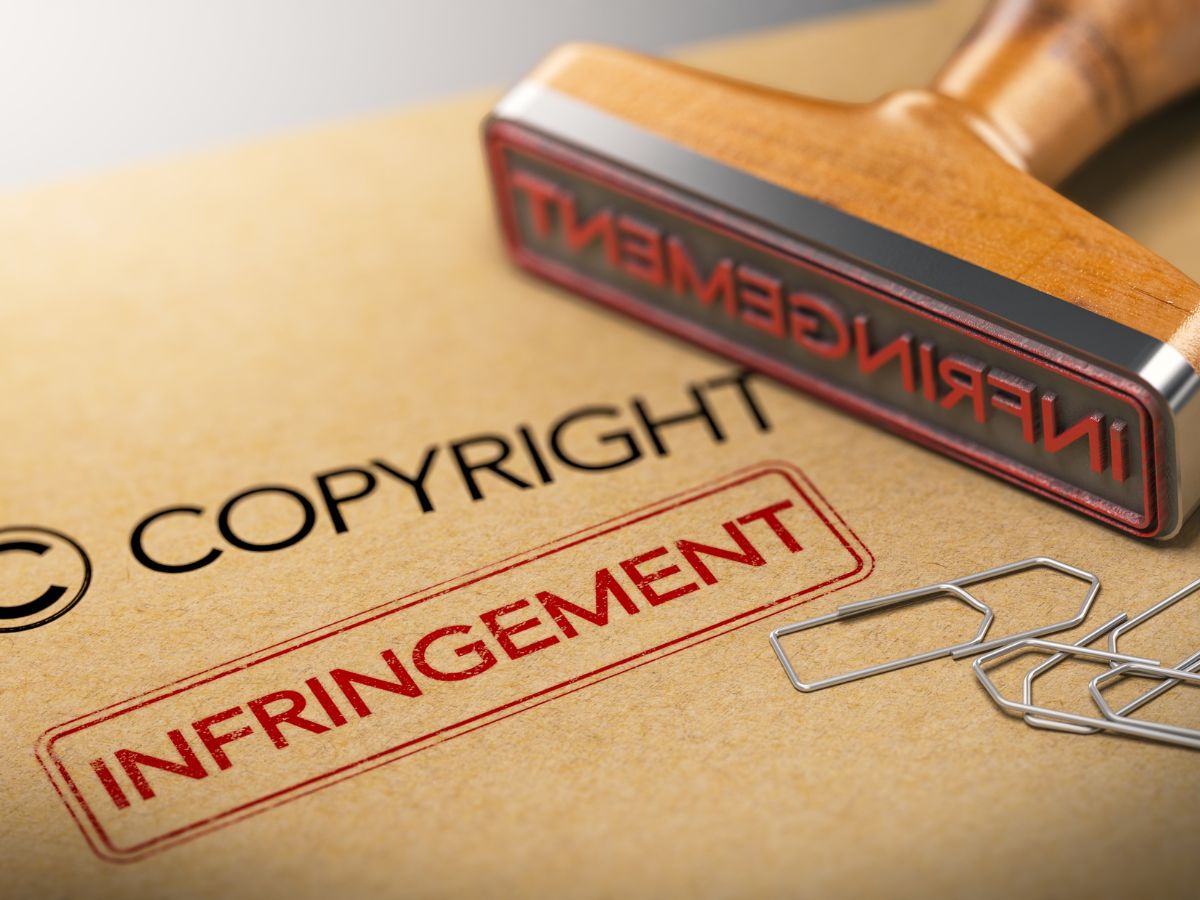Strategies for enforcing your IP rights against infringers
Have you created something valuable, like an app or website, and want to make sure that nobody copies it? If so, then this article is for you! This guide will teach you the steps to enforce your intellectual property rights. But first, let’s talk about what intellectual property (IP) is.
Table of Contents
What is Intellectual Property?
Intellectual property (IP) refers to creations of the mind, such as inventions, literary and artistic works, designs, symbols, names, and images used in commerce.
How do you enforce your IP rights against others?
If you find that someone else is infringing your intellectual property rights, it’s important to take action. You may be able to resolve the dispute informally through negotiation or mediation, or by filing a lawsuit in federal court. In some cases, you may also want to consider hiring an attorney.
Before enforcing your intellectual property rights against an infringer, it’s important to understand what type of protection you have:

IP is protected by patents, copyrights, trademarks, and trade secrets.
Patents are granted for inventions, which are new, useful, and non-obvious. A patent gives the inventor the right to exclude others from making, using, or selling the invention for a limited time.
Copyrights are granted for literary, musical, and artistic works, such as books, movies, and songs. The copyright holder has the exclusive right to reproduce, distribute, and perform the work.
Trademarks are granted for words, phrases, logos, and other symbols used to identify a product or service. A trademark can be registered with the USPTO.
Trade secrets are confidential information, such as a formula, pattern, or process, that gives a business an advantage over its competitors. Trade secrets are protected by law, but they can also be protected by contracts, such as non-disclosure agreements.
What you have understood the IP you have, here are some steps for enforcing your IP rights:
Understand your rights and the infringer’s

Before you can enforce your intellectual property rights, it’s important to understand what those rights are.
What is the nature of your IP right(s)?
What do they protect?
Are they registered?
How long do they last? Do they expire? If so, when?
You’ll also want to get a sense of the infringer’s motivations and resources so that you’re prepared for what might come next.
Review the infringing work
The first step in determining whether there may have been copying is to review the infringing work. Compare it to your original work, looking for similarities and differences in elements such as content, context, characters, dialogue, and plot points.

If you find that certain elements are similar or identical between the two works, this can be an indication of copying by the infringer. But before coming to such a conclusion, make sure you consider whether any element might have been independently created by both parties. This may be true even when there is strong evidence of copying (e.g., if one author came up with a similar concept based on their own prior creation).
Document the infringement
When you find an unauthorized use of your intellectual property, it’s important to document the infringement. This will allow you to prove that it occurred and when it occurred, which will help in any later legal proceedings.
Keep a record of all communication with the infringer (including e-mail and phone messages). Document any attempts by them to contact you regarding their unauthorized use-this may help prove their knowledge of your rights as owner of the intellectual property in question.
Also, keep track of any infringing material that you have seen or received from them: this includes photographs, printouts, web pages, or other evidence related to their infringement(s).
If they do not take down or remove all infringing materials after receiving notice from you, such as via cease-and-desist letters sent by registered mail with return receipt requested, keep track of all relevant dates and times during which those materials were available online (or otherwise distributed).
You should be taking notes every time these occur until such time as they are removed completely from public view.
Send a demand letter

A demand letter is sent to the infringer by the IP owner before filing a lawsuit in order to request that they cease infringing.
It is often also sent via registered mail and should contain a list of demands (for example, “cease and desist” or “pay damages for past infringement”).
File a complaint with online service providers
Search engines and other online service providers are required by law to remove infringing material from their sites.
File a complaint with search engines and other online service providers by using the form provided on their websites.
It’s important to be as specific as possible when describing what you believe is infringing so that search engine operators can locate it more easily. You may also want to include links or screenshots of the offending content in your complaint.
Keep an eye out for email notifications that your complaints were received and/or rejected so that you can create new ones if needed (and remember: you have up to 7 days after filing a claim with a search engine or other online service provider before being required to file with the U.S Copyright Office).
There’s no exact timeline for how long this process takes-it can range anywhere from hours up through several weeks-but once there’s evidence of infringement removed from these platforms, it’s likely safe now too!
Send a cease-and-desist letter to the infringer, if necessary
At the outset, it is important to note that sending a cease-and-desist letter does not mean that you are suing the infringer in court. The letter should be sent by registered mail or courier service and should identify both your intellectual property right and its use by the infringer. This allows you to establish a paper trail of evidence if litigation becomes necessary down the road.
Take down infringing material posted online
If you find infringing material posted online, you should take steps to remove that information.

To take down infringing material posted online:
Identify the website where the infringing work appears. You can do this by searching for it on Google with your company’s name and keywords like “infringing” or “copied,” or by using online image search tools. This will bring up links to other sites where the same image appears.
Contact the webmaster of each site that hosts an image identical to yours and request its removal; this may require submitting a DMCA takedown notice. If one of these sites is a social media platform such as Facebook, Twitter, or Instagram, follow their procedures for reporting copyright infringement instead of sending an email directly to their support center (you’ll get faster results). Most websites will suspend accounts found guilty of infringement after receiving complaints from multiple users – if no action is taken after multiple complaints have been filed against an account then there’s little chance anything will happen unless legal proceedings are initiated against them.
Conclusion
In the end, your intellectual property is one of the most valuable assets you can have. It’s important to protect it, but also crucial not to overreach or take legal action against people who aren’t actually infringing on your rights. Make sure that you’re making a smart decision before filing any claims against others by reviewing what they are doing and consulting with an attorney familiar with IP law if necessary.













